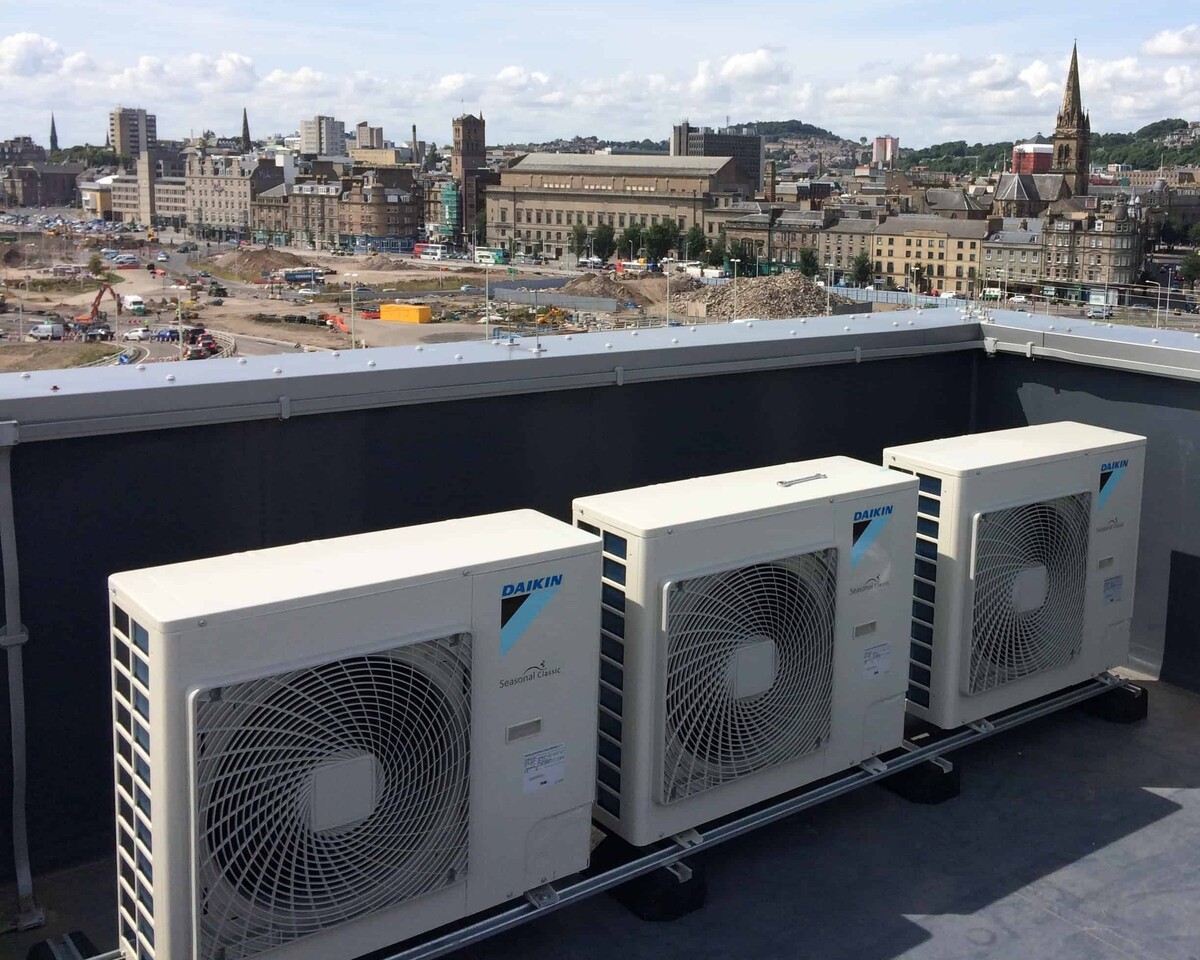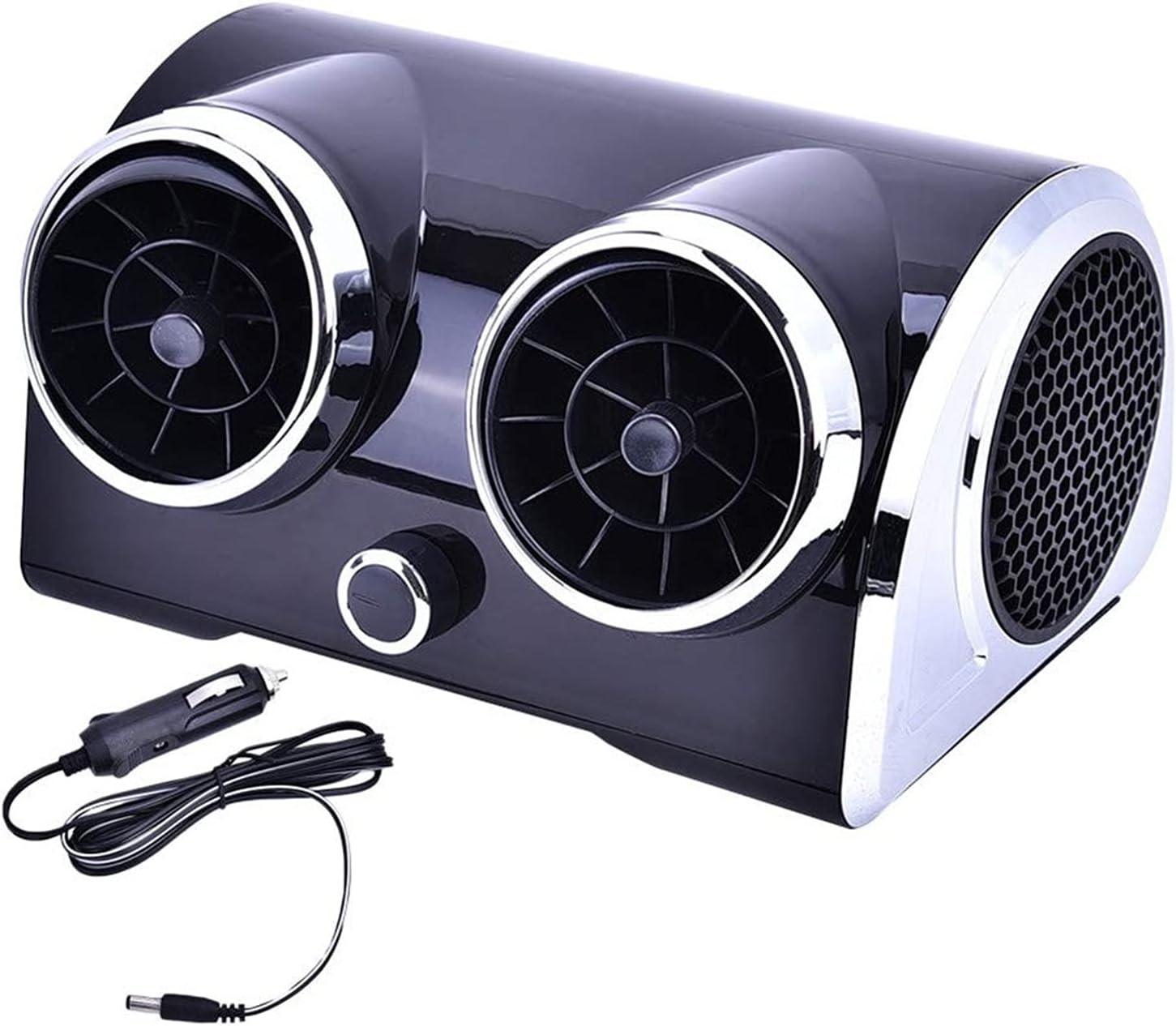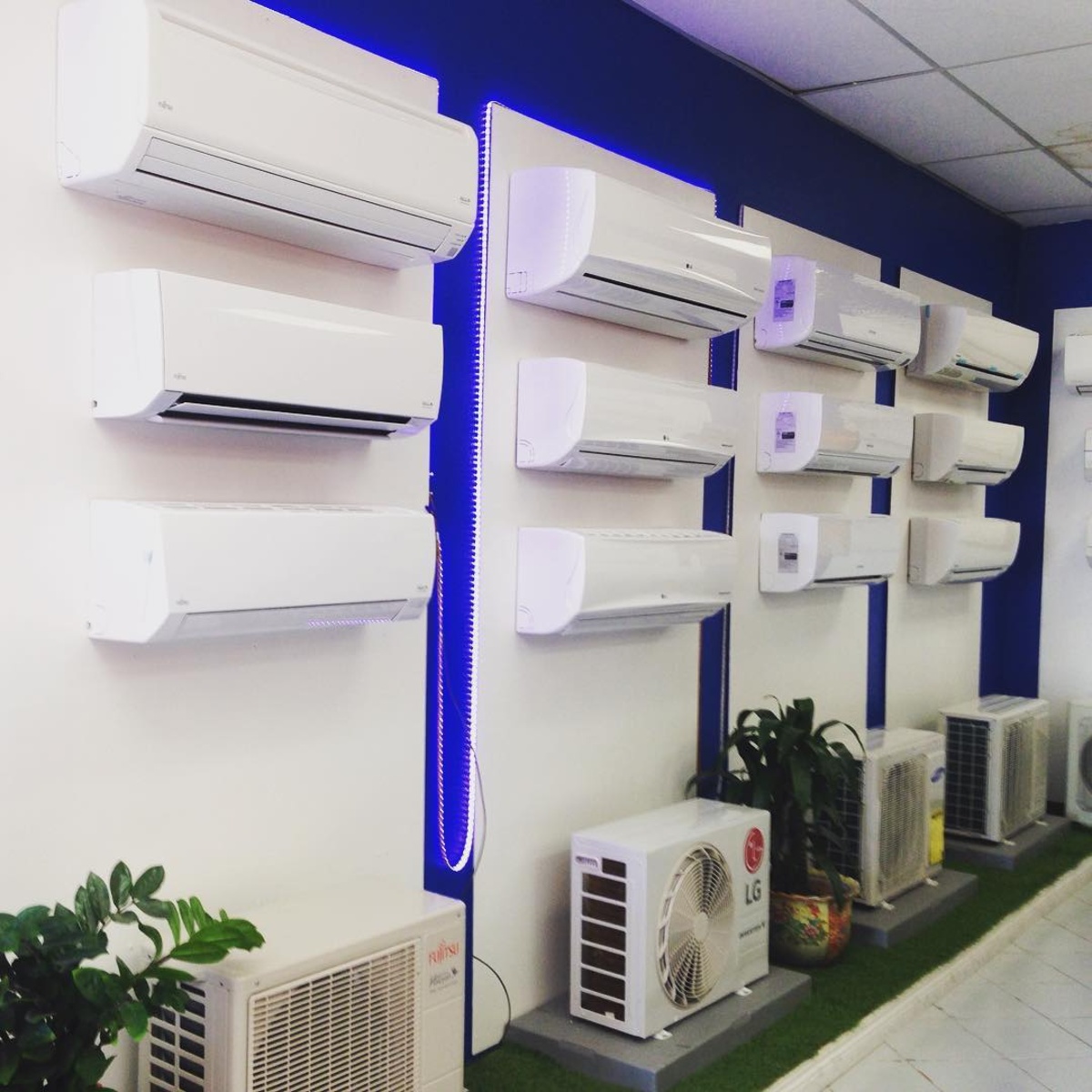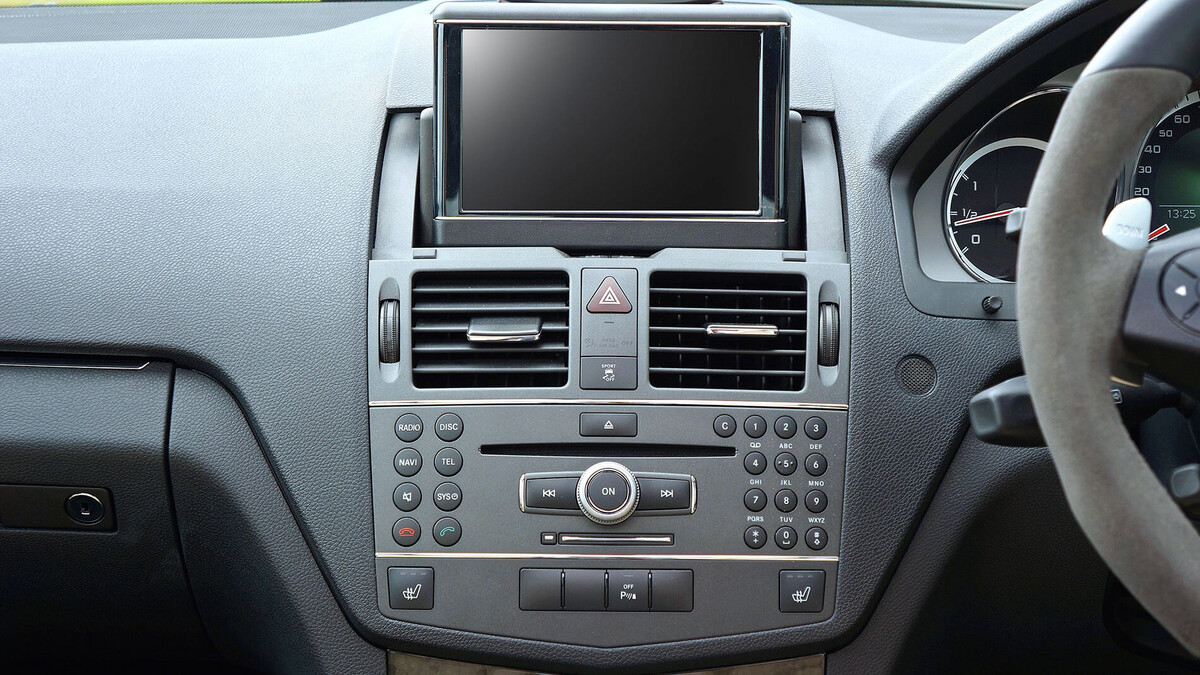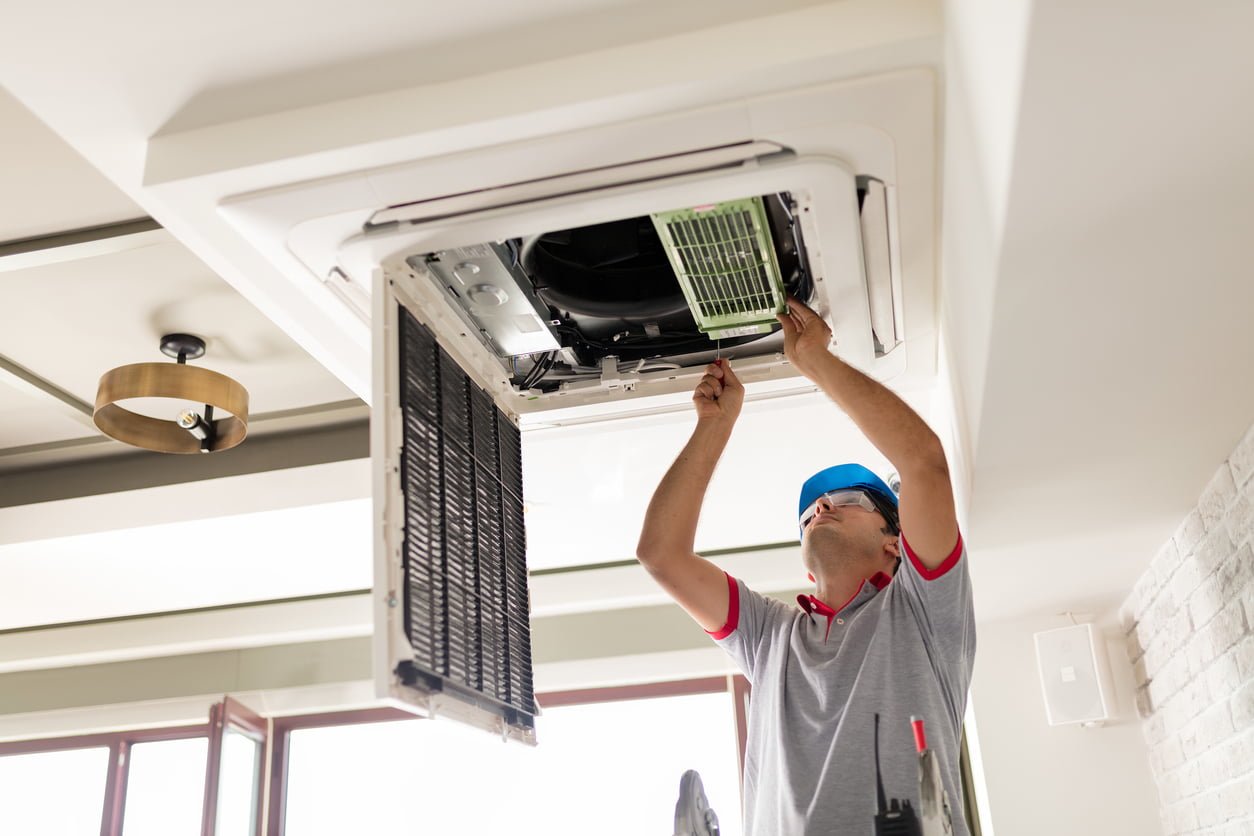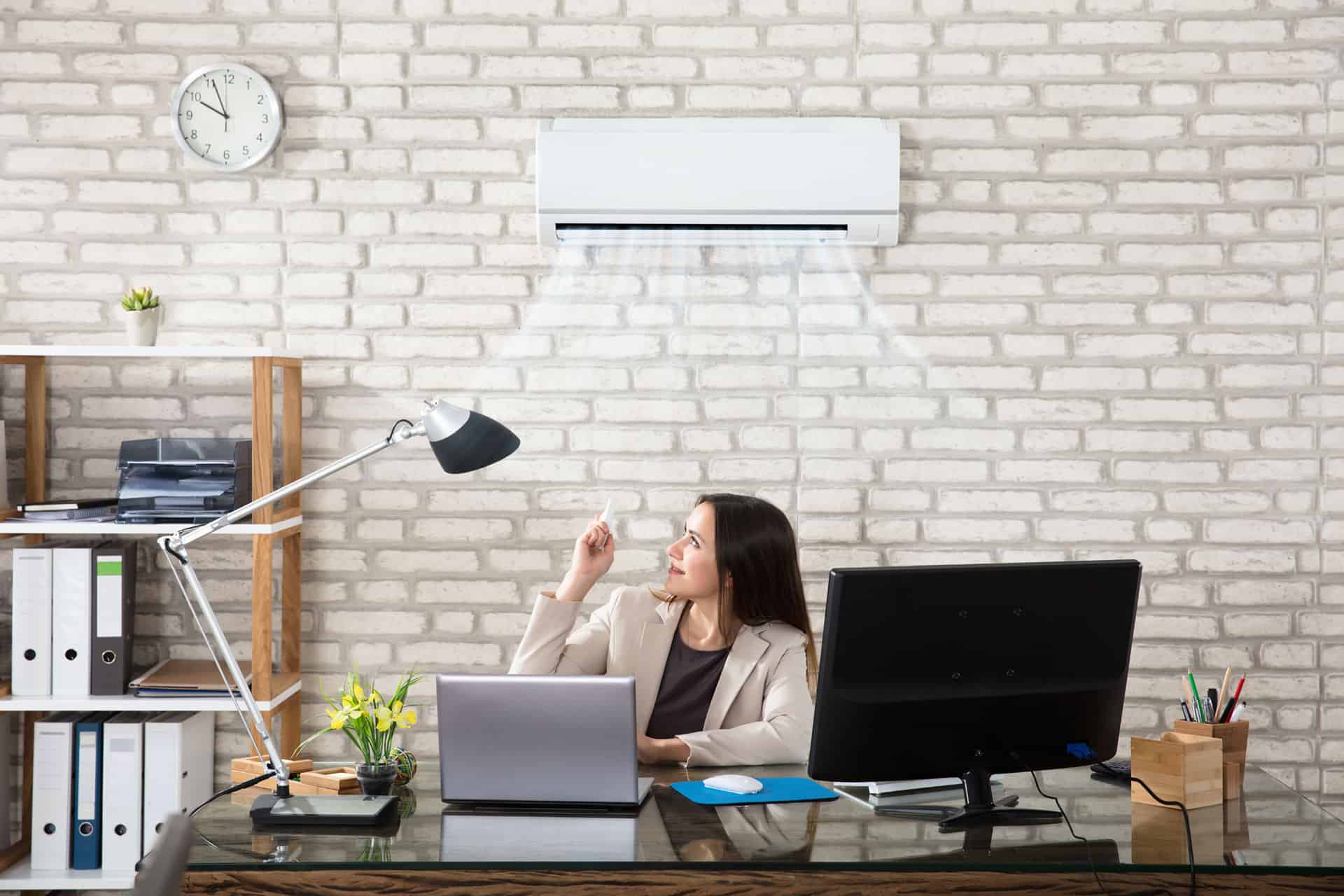Home>Home Maintenance>What Percentage Of The World Has Air Conditioning
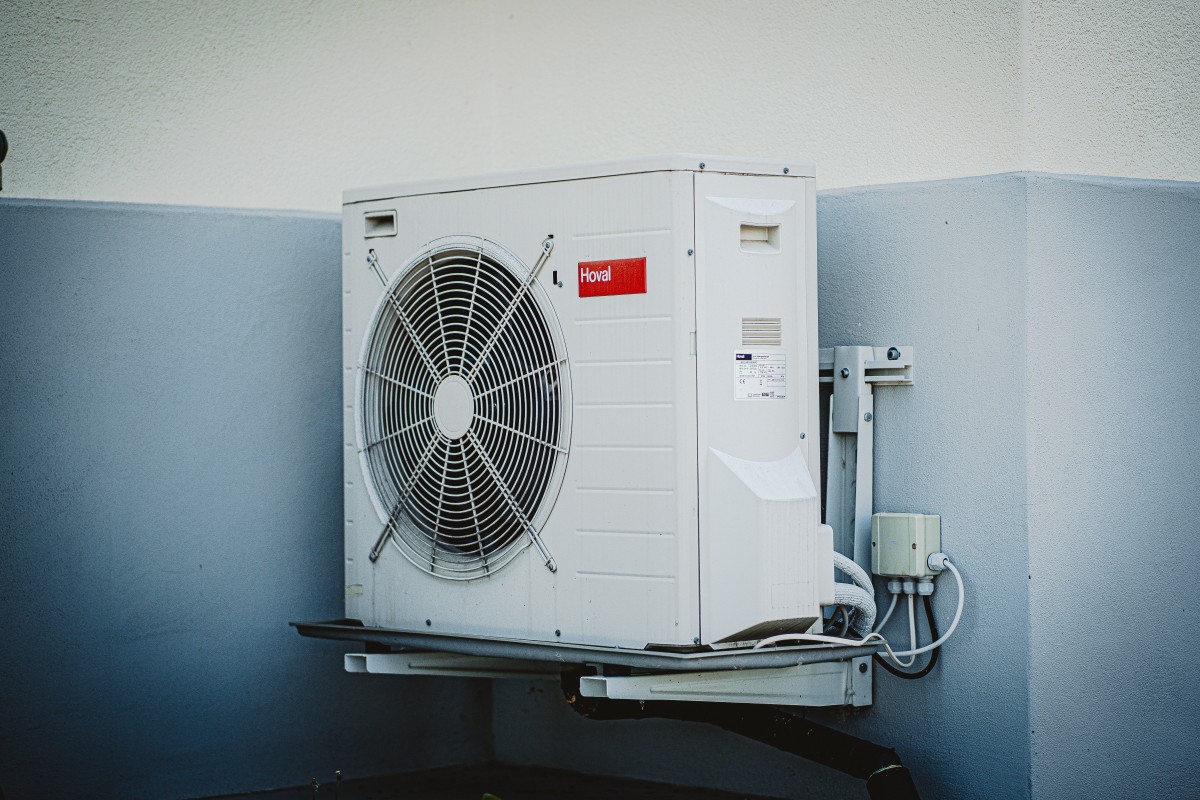

Home Maintenance
What Percentage Of The World Has Air Conditioning
Modified: March 6, 2024
Discover the percentage of homes worldwide equipped with air conditioning and learn why it is crucial for home maintenance. Stay cool and comfortable!
(Many of the links in this article redirect to a specific reviewed product. Your purchase of these products through affiliate links helps to generate commission for Storables.com, at no extra cost. Learn more)
Introduction
Welcome to the world of home maintenance! As a homeowner, it’s important to understand the various aspects of maintaining your home, and one of the key areas that often requires attention is the air conditioning system. Air conditioning plays a crucial role in keeping our homes comfortable and livable, especially during hot summer months.
In this article, we will take a deep dive into the topic of air conditioning and explore its global prevalence, regional variations, factors influencing its usage, and the environmental impact it has. By the end of this article, you’ll have a comprehensive understanding of air conditioning and its implications.
Before we delve into the details, let’s briefly discuss the methodology we’ll be using to gather information for this article. We will be relying on research studies, industry reports, and statistical data to provide accurate and up-to-date information on the subject matter.
Now, let’s jump into our exploration of air conditioning and uncover the fascinating world of home cooling systems!
Key Takeaways:
- Around 40% of the world’s population has air conditioning, with more in developed countries. As the demand grows, it’s important to balance comfort with environmental impact.
- Factors like climate, income, and culture influence air conditioning usage. Efforts to reduce energy consumption and promote sustainable cooling solutions are crucial for a greener future.
Methodology
To gather information for this article, we conducted extensive research using a combination of credible sources, including research studies, industry reports, and statistical data. Our goal was to provide accurate and reliable data on the global prevalence of air conditioning, regional variations, factors influencing its usage, and the environmental impact it has.
We thoroughly reviewed academic papers, industry publications, and reports from reputable organizations such as the International Energy Agency (IEA), the U.S. Energy Information Administration (EIA), and the United Nations Environment Programme (UNEP) to ensure that the information presented here is based on the latest findings.
In addition to secondary research, we also consulted experts in the field of home maintenance and air conditioning, including HVAC technicians, energy efficiency specialists, and environmental advocates. This allowed us to gain insights from professionals with practical experience and expertise in the subject matter.
It’s important to note that while we have made every effort to provide accurate information, the data presented in this article may vary depending on the sources and the time of publication. However, we believe that the information presented here provides a comprehensive overview of the topic and reflects the current understanding of air conditioning usage globally.
Now, with our methodology clarified, let’s dive into the fascinating world of air conditioning and explore its global coverage, regional variations, factors shaping its usage, and the environmental impact it has.
Global Coverage of Air Conditioning
Air conditioning is a common feature in households around the world, especially in regions with hot and humid climates. It provides a comfortable indoor environment by cooling the air and maintaining a desirable temperature. But just how widespread is air conditioning globally?
According to research and statistical data, the global coverage of air conditioning has been steadily increasing over the years. The International Energy Agency estimates that as of 2020, around 1.6 billion households worldwide had some form of air conditioning. This accounts for approximately 40% of the global population.
The prevalence of air conditioning is particularly high in developed countries, where access to electricity and the affordability of cooling technologies are more widespread. In countries like the United States, Japan, and Australia, air conditioning is almost a standard feature in residential buildings.
On the other hand, in developing countries, the penetration of air conditioning is lower due to various factors including limited access to electricity, high costs, and cultural preferences for natural ventilation methods. However, with urbanization and rising incomes, the demand for air conditioning in developing countries is growing rapidly.
It’s important to note that air conditioning is not limited to residential buildings; it is also widely used in commercial spaces, offices, hospitals, and other public facilities. This further contributes to the overall global coverage of air conditioning.
The increasing adoption of air conditioning is driven by several factors, including rising temperatures due to climate change, urbanization, and improvements in living standards. As people seek a more comfortable and productive indoor environment, the demand for air conditioning continues to grow.
However, it’s essential to recognize that the widespread use of air conditioning has its drawbacks, including energy consumption and environmental impact. In the following sections, we will explore regional variations in air conditioning usage, the factors influencing its adoption, and the environmental implications it poses.
Regional Variations in Air Conditioning
While air conditioning is a global phenomenon, there are significant regional variations in its usage and prevalence. Factors such as climate, economic development, and cultural norms play a crucial role in shaping these variations. Let’s take a closer look at different regions around the world and how air conditioning is embraced.
In countries with hot and humid climates, such as those in Southeast Asia and the Middle East, air conditioning is not just a luxury but a necessity. The scorching temperatures and high humidity levels make it almost unbearable to live without air conditioning. In these regions, air conditioning is not only found in homes but also in businesses, public transportation, and even outdoor spaces.
In contrast, in countries with milder climates or a historical preference for natural ventilation methods, such as those in Europe, air conditioning usage is generally lower. People in these regions often rely on techniques like opening windows, using fans, and designing buildings with proper insulation to stay comfortable during warmer months.
The prevalence of air conditioning also varies within countries. In the United States, for example, southern states like Florida and Texas have a higher dependence on air conditioning compared to northern states with cooler climates. This is due to the consistently high temperatures and humidity levels in the southern regions.
Furthermore, economic factors play a significant role in air conditioning adoption. Developed countries with higher incomes tend to have a higher prevalence of air conditioning, while developing countries with lower incomes may have limited access to and affordability of air conditioning systems.
Cultural norms and societal expectations also influence air conditioning usage. In some cultures, the idea of air conditioning may be seen as wasteful or unnecessary, leading to minimal adoption. Additionally, cultural practices that prioritize natural ventilation and outdoor living may contribute to lower air conditioning usage in certain regions.
It’s important to note that as global temperatures continue to rise due to climate change, regions that traditionally had milder climates may experience more frequent heatwaves and extreme temperatures. This can lead to an increased demand for air conditioning even in regions where it was not previously common.
Understanding these regional variations in air conditioning usage is essential for policymakers, urban planners, and individuals alike. It allows for tailored approaches to energy efficiency, sustainable cooling solutions, and mitigating the environmental impact of air conditioning, which we will explore in the next section.
Investing in energy-efficient air conditioning units can help reduce your carbon footprint and save on electricity costs. Regular maintenance and proper insulation can also improve the efficiency of your air conditioning system.
Factors Influencing Air Conditioning Usage
The adoption and usage of air conditioning are influenced by a variety of factors, ranging from climate and economic considerations to lifestyle preferences and technological advancements. Let’s explore some of the key factors that shape the usage of air conditioning.
Climate: The climate is perhaps the most significant factor influencing air conditioning usage. Regions with hot and humid climates have a higher demand for air conditioning to provide relief from the extreme heat. In contrast, regions with milder or cooler climates may have lower usage due to a more comfortable natural environment.
Economic Development: The level of economic development in a region affects air conditioning usage. Developed countries with higher incomes generally have a higher prevalence of air conditioning, as it is seen as a standard feature in homes and businesses. In contrast, developing countries may have lower adoption rates due to limited access to electricity and affordability challenges.
Energy Costs: The cost of energy, particularly electricity, plays a significant role in air conditioning usage. High energy costs can deter individuals and businesses from using air conditioning extensively or opting for more energy-efficient cooling alternatives. Conversely, lower energy costs can encourage greater usage of air conditioning systems.
Urbanization: Rapid urbanization leads to increased demand for air conditioning. As more people move to urban areas, the need for cooling systems in apartments, offices, and other buildings becomes more prevalent. This is particularly evident in densely populated cities where the urban heat island effect intensifies the heat.
Technological Advancements: Technological advancements in air conditioning systems have made them more energy-efficient and environmentally friendly. The development of inverter technology, smart thermostats, and improved insulation has helped reduce energy consumption and lower the carbon footprint of air conditioning units, making them more appealing to consumers.
Social Norms and Lifestyle Preferences: Cultural and societal norms also influence air conditioning usage. In some cultures, there may be a preference for natural ventilation methods or a belief that air conditioning is unnecessary or wasteful. Lifestyle preferences, such as a desire for enhanced comfort and convenience, can also drive higher usage of air conditioning systems.
Government Policies and Incentives: Government policies and incentives can have a significant impact on air conditioning usage. Energy efficiency standards, building codes, and financial incentives for adopting energy-efficient cooling systems can encourage individuals and businesses to invest in more sustainable air conditioning options.
It’s important to strike a balance between providing a comfortable indoor environment and minimizing the environmental impact of air conditioning systems. By understanding the factors that influence air conditioning usage, we can work towards more sustainable cooling solutions and reduce our carbon footprint.
Read more: What Is The World’s Largest Swimming Pool
Environmental Impact of Widespread Air Conditioning
While air conditioning provides comfort and relief from heat, its widespread usage has significant environmental implications. Let’s explore the environmental impact of air conditioning and the steps being taken to address its consequences.
Energy Consumption: Air conditioning systems consume a significant amount of energy, most commonly from electricity generated by fossil fuels. This leads to increased carbon dioxide emissions, contributing to climate change and global warming. The International Energy Agency estimates that air conditioning accounts for about 10% of global electricity consumption.
Greenhouse Gas Emissions: The energy-intensive operation of air conditioning systems results in the release of greenhouse gases, such as carbon dioxide and hydrofluorocarbons (HFCs). These gases trap heat in the atmosphere, exacerbating the global warming effect and contributing to climate change.
Ozone Depletion: Some older air conditioning systems use refrigerants that contain chlorine, which can contribute to the depletion of the ozone layer. The use of chlorofluorocarbons (CFCs) and hydrochlorofluorocarbons (HCFCs) as refrigerants has been phased out due to their harmful impact on the ozone layer. However, the transition to more ozone-friendly alternatives, such as hydrofluorocarbons (HFCs), still poses challenges.
Heat Island Effect: The extensive use of air conditioning in urban areas exacerbates the urban heat island effect. Air conditioners release waste heat into the environment, contributing to higher temperatures in cities. This can lead to increased energy demand, intensify the need for cooling, and further strain the power grid.
Water Consumption: Air conditioning systems that rely on water for cooling consume significant amounts of water. Cooling towers, a component of many commercial air conditioning systems, require large quantities of water. This can strain local water resources, especially in arid regions, and contribute to water scarcity and environmental degradation.
Sustainable Solutions: Recognizing these environmental challenges, efforts have been made to mitigate the impact of air conditioning systems. Energy-efficient designs, such as using inverter technology and optimizing insulation, help reduce energy consumption. The phasing out of ozone-depleting refrigerants and the adoption of new alternatives with lower global warming potential, such as hydrofluoro-olefins (HFOs), are being implemented.
Furthermore, the development and promotion of green building practices encourage the use of passive cooling techniques, such as improved insulation, natural ventilation, and shading, to reduce reliance on air conditioning. Renewable energy sources, such as solar and geothermal systems, are being utilized to power air conditioning units, minimizing the carbon footprint.
Individuals can also contribute to mitigating the environmental impact of air conditioning by using it responsibly. Simple actions like setting the thermostat to an energy-efficient temperature, properly maintaining and cleaning air conditioning units, and utilizing natural ventilation methods when possible can help reduce energy consumption and greenhouse gas emissions.
It is crucial for governments, organizations, and individuals to prioritize energy efficiency and the adoption of sustainable cooling solutions. By taking collective action, we can strike a balance between comfort and environmental responsibility, ensuring a sustainable future for generations to come.
Conclusion
Air conditioning has become an integral part of modern living, providing comfort and relief from the sweltering heat. However, its widespread usage comes with environmental consequences that cannot be ignored. As we conclude our exploration of air conditioning, let’s recap the key takeaways.
The global coverage of air conditioning has been steadily increasing, with approximately 40% of the global population having access to some form of air conditioning. This prevalence varies across regions, influenced by factors such as climate, economic development, and cultural norms.
The usage of air conditioning is driven by several factors, including climate, economic considerations, lifestyle preferences, and technological advancements. While air conditioning offers comfort and convenience, it also contributes to energy consumption, greenhouse gas emissions, and other environmental impacts.
Addressing the environmental impact of air conditioning requires a multi-faceted approach. Energy-efficient designs, transition to low-global-warming-potential refrigerants, and the promotion of green building practices are crucial in reducing energy consumption and mitigating greenhouse gas emissions.
Individual actions, such as responsible usage and maintenance of air conditioning units, can also play a significant role in minimizing the environmental footprint. Furthermore, governments and organizations must implement policies, incentives, and regulations that prioritize energy efficiency and promote sustainable cooling alternatives.
Ultimately, striking a balance between comfort and environmental responsibility is key. As climate change continues to intensify, it is essential for us to prioritize sustainable cooling solutions that minimize energy consumption and mitigate environmental impacts.
By raising awareness, encouraging technological innovation, and fostering a collective commitment to sustainability, we can ensure that air conditioning remains a valuable tool in providing comfort while minimizing its negative effects on the environment.
So, the next time you enjoy the cool breeze of an air conditioning system, remember the importance of using it responsibly and supporting efforts towards a more sustainable future.
Frequently Asked Questions about What Percentage Of The World Has Air Conditioning
Was this page helpful?
At Storables.com, we guarantee accurate and reliable information. Our content, validated by Expert Board Contributors, is crafted following stringent Editorial Policies. We're committed to providing you with well-researched, expert-backed insights for all your informational needs.
